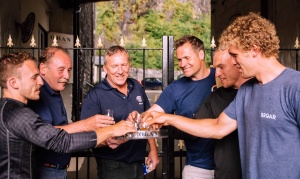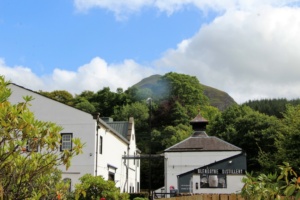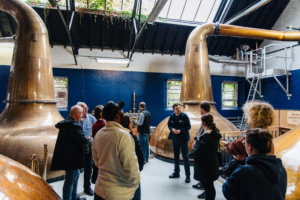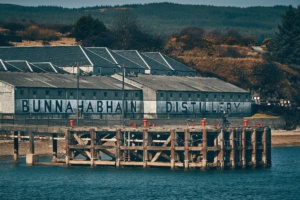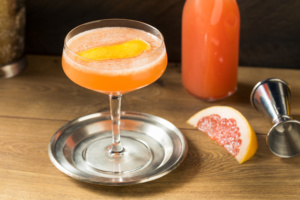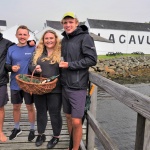Force of Nature: Yamazaki Distillery
Diverse, expertly crafted and inspired by nature, Gavin D Smith explores whisky making at Yamazaki Distillery, home of Japanese whisky.
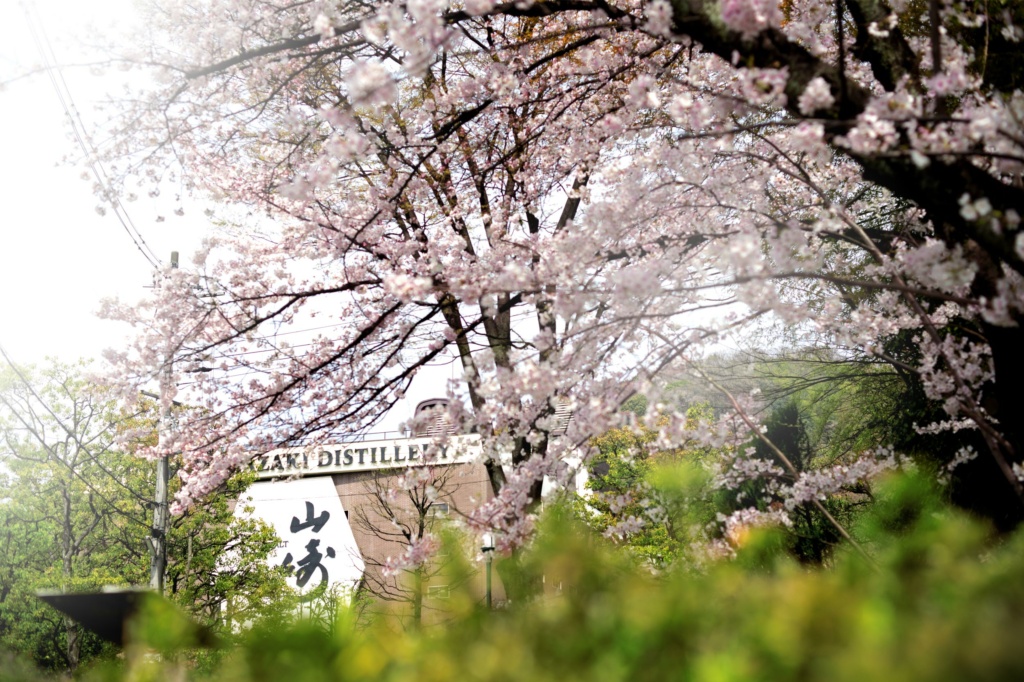 Japanese drinks giant Suntory makes the bold claim that its Yamazaki Distillery is "where Japanese whisky was born," but far from being marketing hype, this is actually no more than the truth.
The earliest Japanese whisky has been made during the 1870s, but the creation of a dedicated malt whisky distillery came about as a result of fortuitous collaboration between entrepreneur Shinjiro Torii, and a remarkable chemist by the name of Masataka Taketsuru.
Intent on learning how to make fine malt whisky, Taketsuru had travelled to Scotland in 1918, aged 24. At that time, he was employed by the Settsu Shuzo compnay, which specialised in the production of sake and shochu, and was keen to create authentic Japanese whisky. Initially, Taketsuru studied at the University of Glashow, before gaining placements at Longmorn Distillery on Speyside, Bo'ness Distillery in West Lothian, and Campbeltown's Hazelburn Distillery.
Armed with the practical knowledge gleaned from his time in Scotland, Taketsuru returned to his homeland in 1920. He also took with him a Scottish wife, Jessie Roberta Cowan, known as Rita, whom he had married despite the opposition of both families.
Back in Japan, the couple discovered that Settsu Shuzo had abandoned its plans to produce whisky due to the post-war Japanese recession, but, as luck would have it, Taketsuru was recruited by Shinjiro Torii who had founded the firm Torii Shoten in 1899 and began to produce and sell wine. In 1907, he launched Akadema Port Wine, which soon became a cornerstone of the company's activities. However, he was fascinated with the idea of developing a uniquely Japanese whisky, and had the capital to build a distillery.
Japanese drinks giant Suntory makes the bold claim that its Yamazaki Distillery is "where Japanese whisky was born," but far from being marketing hype, this is actually no more than the truth.
The earliest Japanese whisky has been made during the 1870s, but the creation of a dedicated malt whisky distillery came about as a result of fortuitous collaboration between entrepreneur Shinjiro Torii, and a remarkable chemist by the name of Masataka Taketsuru.
Intent on learning how to make fine malt whisky, Taketsuru had travelled to Scotland in 1918, aged 24. At that time, he was employed by the Settsu Shuzo compnay, which specialised in the production of sake and shochu, and was keen to create authentic Japanese whisky. Initially, Taketsuru studied at the University of Glashow, before gaining placements at Longmorn Distillery on Speyside, Bo'ness Distillery in West Lothian, and Campbeltown's Hazelburn Distillery.
Armed with the practical knowledge gleaned from his time in Scotland, Taketsuru returned to his homeland in 1920. He also took with him a Scottish wife, Jessie Roberta Cowan, known as Rita, whom he had married despite the opposition of both families.
Back in Japan, the couple discovered that Settsu Shuzo had abandoned its plans to produce whisky due to the post-war Japanese recession, but, as luck would have it, Taketsuru was recruited by Shinjiro Torii who had founded the firm Torii Shoten in 1899 and began to produce and sell wine. In 1907, he launched Akadema Port Wine, which soon became a cornerstone of the company's activities. However, he was fascinated with the idea of developing a uniquely Japanese whisky, and had the capital to build a distillery.
Creating Yamazaki
As House of Suntory Brand Ambassador James Bowker explains, "Torii is one of the founders of Japanese whisky. He became involved in pharmacies, where he blended different ingredients to make up remedies. "Western alcohol had a reputation for quality and strength, but at that time very few people in Japan had tried it. As a pharmacist, Torii was allowed to import western alcohol, and he got to know good whisky. He had chemical knowledge of how it was made and he knew how to blend. He was in Osaka, and historically the heart and soul of Japanese food and drink was in the region around Osaka. "Torii's aim was to make a whisky that was authentically Japanese and not just Scotch in style. The idea was to master the processes before establishing his own take on it. To be authentic, it had to be designed specifically for the Japanese palate and culture. The Japanese palate is delicate, complex and balanced - and Torii's whisky had to be made by Japanese people in Japan using the correct methods and no shortcuts to be truly authentic." With Masataka Taketsuru on the payroll, Shinjiro Torii was ready to make his dream of creating Japanese whisky come true, but the two men had different ideas about where the distillery should be built. Taketsuru wanted it to be located far in the north, which was closest to Scotland in terms of climate, but with his desire to create something that would be uniquely Japanese, Torii looked elsewhere, and eventually settled on a site between his Osaka home and Kyoto. Back in the 16th century, the guru of "chanoyu" - the Japanese "Way of Tea" - Sen no Rikyu (1522-91) had been instructed to find the perfect location to build the emperor's tea house. According to James Bowker, "It needed to have an abundance and diversity of nature to be acceptable to the prevailing cultural and religious beliefs, with strong representations of the different seasons to give the required diversity. Crucially, it also needed good water. "He chose Yamazaki near Osaka for the tea house and associated shrine. If it was good enough as a location for the emperor's tea house it was surely good enough for Japan's first whisky distillery, and it was here Torii decided to build. At Suntory, we are inspired first and foremost by nature; we work with and respect nature, and we maintain the shrine which is open to the public, as is the distillery, and you can use the famous water and some whisky to make your own Highball!"Developing the Whisky
Construction work on Yamazaki Distillery commenced in 1923, with the twin0still distillery opening on 11th November 1924, and in his role as Head Distiller, Masataka Taketsuru began to produce whisky firmly in the Scottish tradition. It was quite heavy, malty and peaty - and not as individualistic and quintessentially harmonious and "Japanese" as Torii would have liked. In 1929 the first whisky from Yamazaki - a blend named Suntory Shirofuda (White Label) - was launched, but Torii felt it lacked some of the requisite balance, delicacy and complexity, despite his personal skills as a blender. Torii began to distil a lighter, cleaner spirit, while Taketsuru left Suntory in 1934 to establish his own distillery on the island of Hokkaido, forming the company that would become Suntory's chief rival, Nikka. As James Bowker notes, "In 1937 Torii launched Kakubin, nicknamed Kaku, which was a blend aged for 12 years and really fulfilled his brief for a Japanese whisky. In 1950 he launched Suntory Old, aged for eight to 15 years in sherry casks, and in 1960 Suntory Royal - a collaboration with his son and the pinnacle of Suntory at the time. It was what the brand was all about, and you can see it as a precursor of the present Hibiki blend produced by Suntory." For many whisky lovers, however, the most exciting development was the launch of Yamazaki's first single malt (a 12-year-old) in 1984. This coincided with a period of economic growth in Japan and also marked the 60th anniversary of the first whisky being distilled at Yamazaki. According to Liam Hillier, Head of Content at specialist Japanese whisky retailer Dekanta, "The Yamazaki 12 is a ground-breaking masterpiece, which is as perfectly balanced and complex a whisky as you will find. "It was the first Japanese whisky to win an international whisky award, picking up a Gold Medal at the International Spirits Challenge in 2003. That really set the ball rolling for the Japanese whisky industry, as people around the world started to sit up and take notice of the incredible expressions being produced around Japan. In 2012, Yamazaki's 25-year-old became the first Japanese whisky to win the accolade "World's Best Single Malt" at the World Whiskies Awards."The Distillery Today
Yamazaki has come a long way from the two-still establishment of 1923, but from the very start, stylistic flexibility was at its heart. Because Japan has had few distilleries until the last decade or so, and because reciprocal trading of spirit between rival companies did not take place, Suntory's distilleries have always been versatile in terms of the spirit styles that can be made there. The original Yamazaki plant was enlarged in 1957 and again in 2013, when four more stills were added, taking the total to 16. What is most remarkable to those of us more used to exploring Scottish and Irish distilleries in the bewildering range of pot still shapes and sizes, as well as lyne arm and condensing configurations. Other variables include the use of differing yeast strains and peating levels, while some washbacks are wooden and others are made of stainless steel. That is before you get anywhere near the variables created by the use of different types of casks! Astonishingly, more than 100 different types of malt whisky are made at Yamazaki, and this is known as "Tsukuriwake" - the philosophy of "diversity in the making." "The diverse characteristics of each still play an important role in producing various types of new make whiskies in a single distillery, which we aim to do," says Suntory's Yusuke Sasaki. He adds that "Since blenders aim for the highest quality whiskies through arranging percentages of blends to the decimal point, every component of whisky is important when making a Suntory whisky. "While a large part of the aged whiskies is blended into the Yamazaki brand portfolio, some are bottled alone in a series called the Yamazaki Single Cask, a limited edition whisky that is launched occasionally." As James Bowker explains, "They make different styles simultaneously, in varying quantities each year, as required. There is a pineapple aroma in them all. It's like a chef preparing all kinds of pineapple: fresh pineapple, overripe pineapple, burnt pineapple... whereas a Scottish distillery will produce one pineapple dish. "We need balance first and foremost. You wouldn't know it, but one of the components in Yamazaki 12 is heavily peated 19-year-old whisky from a sherry cask, to help give it complexity and a very subtle smokiness, and even the Hibiki 17-year-old blend has a very small amount of peated whisky in it." When it comes to maturation of the various styles of Yamazaki spirit, the majority of casks used are bourbon barrels (200 litres) and hogsheads (250 litres), while red wine casks and sherry butts and puncheons are also filled. Additionally, Mizunara Japanese oak casks are constructed in-house and ageing takes place in five on-site warehouses as well as at Yamazaki's sister Hakushu Distillery in Yamanashi and the Omi Aging Cellar in Shiga.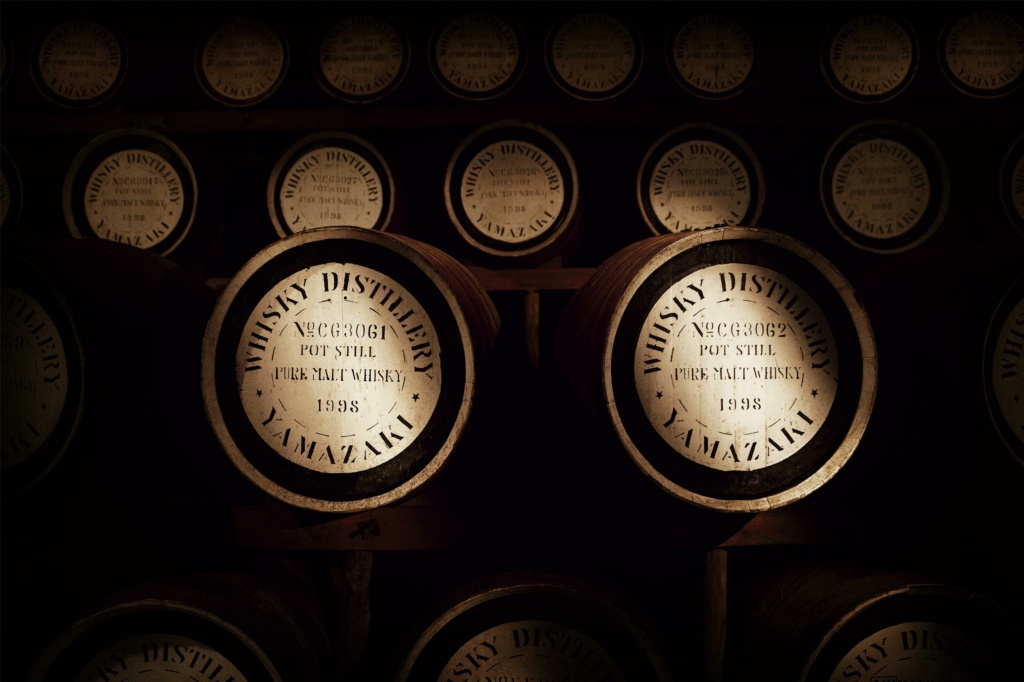
Yamazaki Whiskies
The principal Yamazaki portfolio comprises four single malts, namely Distiller's Reserve, 12, 18 and 25-year-olds, though the 25-year-old is a very elusive beast. Distiller's Reserve is an NAS expression, launched in 2014 and partially matured in Bordeaux wine casks, sherry casks and Mizunara oak casks. The 18-year-old single malt appeared in 1992, and around 80 per cent of the whisky is matured in sherry butts, while the remainder is aged in American and Mizunara. All four expressions are released on allocation in limited numbers, and Yusuke Sasaki notes that "Due to the recent boost in Japanese whisky demand, we have had some issues where we could not fully meet consumer demand. Although we have been making large investments in both of our distilleries, as well as our warehouses to expand our distillation and maturation capacities, whisky making requires a long time, and we feel it will require some more time for supple to recover to the original level." One of the most remarkable recent bottlings to be released from Yamazaki Distillery is a 55-year-old, "intended to further appeal to the market and demonstrate what ageing can do to the quality of whisky. As this is the oldest age statement whisky in all Suntory whiskies, we hope that those who get the chance to taste the liquid enjoy it to the fullest." If you are fortunate enough to get the chance to visit Yamazaki Distillery you will receive a traditionally hospitable Japanese welcome and access to the production areas, as well as the fascinating associated Whisky Museum. Alternatively, pour a glass of Yamazaki single malt and discover for yourself just what it is that makes this balanced, delicate, complex, quintessentially Japanese whisky so special.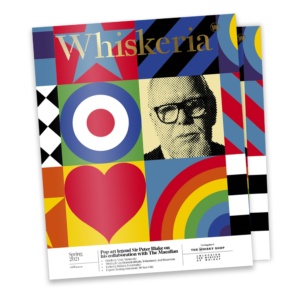 The original feature is our cover story in the Spring 2021 edition of Whiskeria, delivered to the door of W Club subscribers and also free with any Whisky Shop purchase in store or online. Click here to read the full Spring 2021 issue of Whiskeria online for free.
The original feature is our cover story in the Spring 2021 edition of Whiskeria, delivered to the door of W Club subscribers and also free with any Whisky Shop purchase in store or online. Click here to read the full Spring 2021 issue of Whiskeria online for free. 4.7/5 with 10,000+ reviews
4.7/5 with 10,000+ reviews
